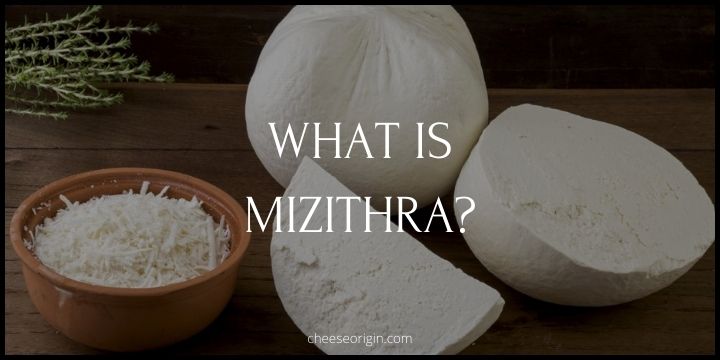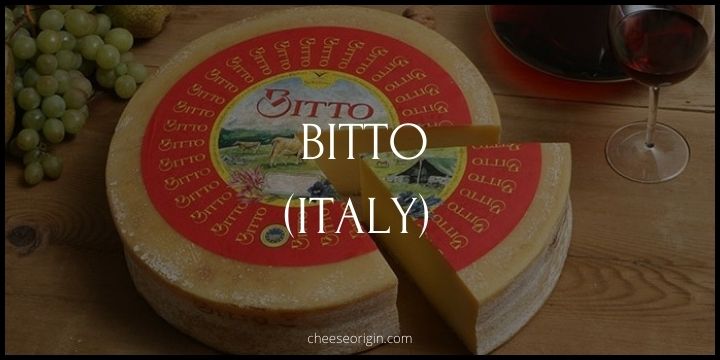What is Chaource? The Creamy Crown Jewel of French Cheeses

Today, we are going to delve into the story of a true gem in this dairy treasure trove – Chaource. This creamy crown jewel, with its rich history and distinctive taste, has been gracing cheese boards and elevating dishes for centuries.
Originating from the quaint village nestled in the Champagne region of France, Chaource is much more than just a cheese. It’s a culinary experience that transports you to the rolling green pastures and rustic farmhouses of its homeland. As you slice through its bloomy rind, revealing the luxuriously creamy interior, you’re not just indulging in a cheese, but partaking in a piece of French heritage.
Quick Facts About Chaource
| Fact Category | Details |
|---|---|
| Origin | Originates from the village of Chaource in the Champagne-Ardenne region of France. |
| Type of Cheese | It is a soft cheese made from cow’s milk. |
| Aging Time | Typically aged between 2 and 4 weeks. |
| Taste Profile | Has a creamy and slightly crumbly texture, with a mildly salty and fruity flavor. |
| Rind | The rind is bloomy and edible, often featuring a white, fluffy mold. |
| Pairings | Pairs well with Champagne and light red wines. It also complements fruits like apples and pears. |
| Production Method | Traditionally made by small, artisanal producers using traditional methods. |
| Designation | Granted CDO in 1970 and PDO in 1996. |
| Nutritional Value | Rich in proteins and fats. It contains about 45% fat content. |
| Serving Suggestions | Often served at room temperature and can be spread on bread or crackers, or used in salads and cooking. |
What is Chaource?
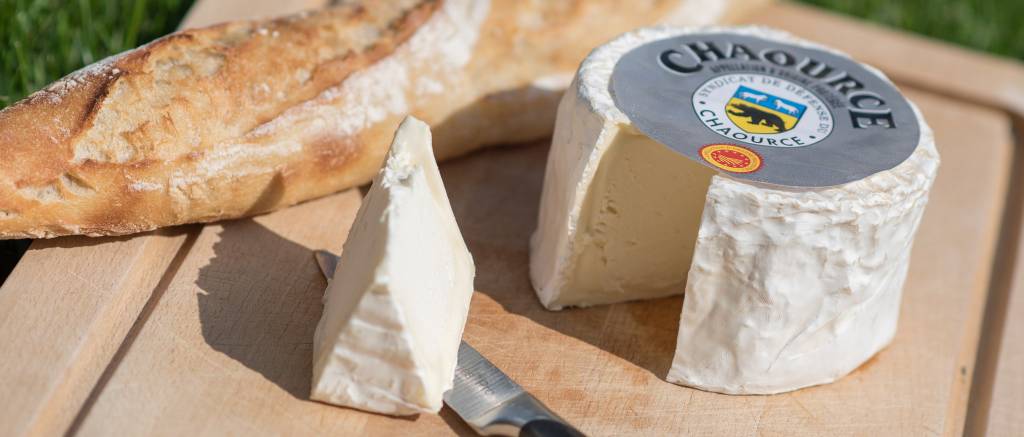
Chaource is a culinary gem hailing from the heart of France, specifically the small village of Chaource in the Champagne-Ardenne region. This soft cheese, made from cow’s milk, is a delight for gourmands and cheese enthusiasts alike. It boasts a rich history and tradition, echoing the age-old artisanal methods of French cheesemaking.
The cheese is named after its place of origin, and it’s more than just a name. Chaource carries an Appellation d’Origine Protégée (AOP) designation, which signifies that the characteristics of this cheese are closely tied to its geographical origin. This seal of authenticity ensures that each piece of Chaource you savor is a genuine product of its native land.
The allure of Chaource lies in its unique texture and flavor profile. Aged between two to four weeks, the cheese develops a creamy and slightly crumbly texture that melts in the mouth. It is encased in an edible bloomy rind, often presenting a white, fluffy mold. The flavor is mildly salty with a hint of fruitiness, making it a versatile addition to any cheese platter.
Pair Chaource with a glass of Champagne or a light red wine and you have a match made in heaven. It also pairs beautifully with fruits like apples and pears, creating a delightful contrast of flavors. Whether spread on fresh bread or crackers, tossed into a salad, or used in cooking, Chaource brings a touch of French elegance to your table.
Nutritionally, Chaource is a powerhouse of proteins and fats, typically containing about 45% fat content. But remember, it’s not just about the numbers. It’s about experiencing a slice of French culture and tradition, one piece of cheese at a time.
So, the next time you’re exploring the world of cheeses, make sure to seek out Chaource. This French classic is sure to impress with its creamy texture, refined flavor, and storied heritage.
What Does Chaource Taste Like?
Chaource is renowned for its unique and delightful flavor profile. It’s a soft cheese with a creamy, slightly crumbly texture that feels luxurious on the palate.
The taste of Chaource is generally mild yet complex. It has a delicate balance of saltiness paired with a subtle fruity tang, reminiscent of apples or pears. Some people also detect a hint of mushrooms, particularly if the cheese is more mature. The flavors become more pronounced as the cheese ages, with older Chaource possessing a deeper, more intense flavor.
The rind of Chaource is bloomy and entirely edible, adding a contrasting earthy flavor to the creamy interior. This combination of tastes makes Chaource incredibly versatile, complementing a range of dishes and pairings.
When served at room temperature, Chaource can be spread easily, allowing its full flavor to come forward.
Chaource Tasting Notes
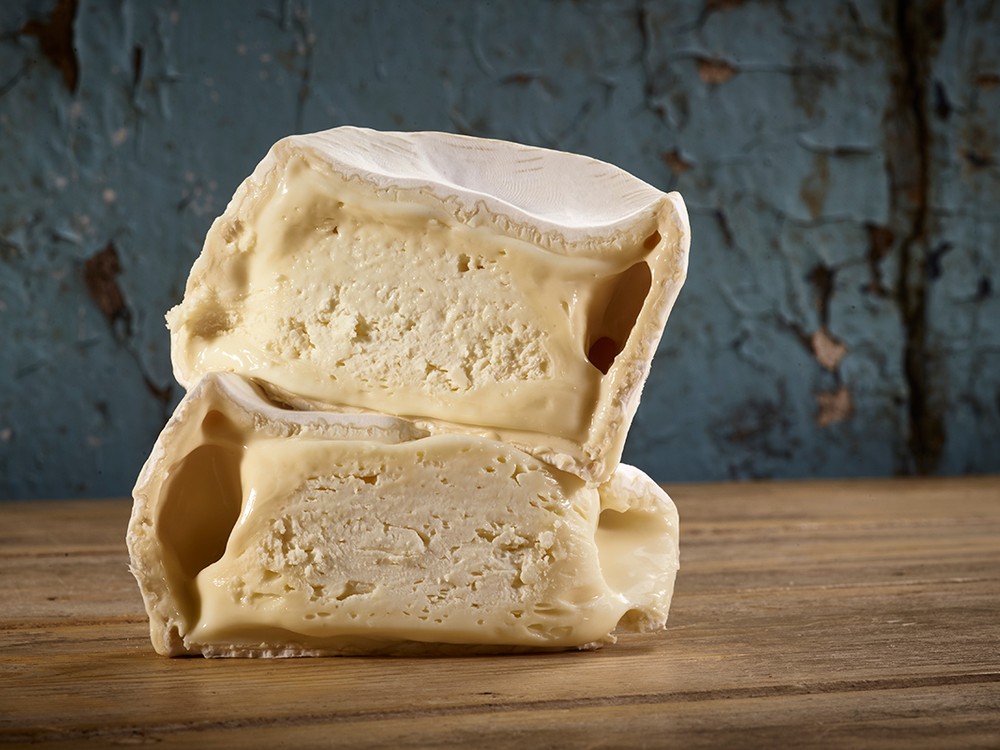
- Texture: Chaource has a creamy and slightly crumbly texture. It’s soft and spreadable, particularly when served at room temperature.
- Flavor: The cheese offers a mild yet complex flavor. It is subtly salty with a hint of fruitiness that can remind one of apples or pears. Some tasters also note a faint mushroom flavor, especially in more mature cheeses.
- Intensity: The intensity of Chaource’s flavor increases as it ages. A young Chaource will have a delicately mild taste, while an older one will present deeper, more robust flavors.
- Rind: The rind of Chaource is bloomy and edible. It contributes an earthy flavor that contrasts nicely with the creamy interior.
- Serving Suggestions: Chaource can be spread on fresh bread or crackers, included in salads, or used in cooking. It is often served at room temperature to allow its full range of flavors to shine.
- Aftertaste: The aftertaste of Chaource lingers pleasantly on the palate, leaving a lingering hint of its unique combination of salty, fruity, and earthy flavors.
What is Chaource Made of?
| Ingredient | Role |
|---|---|
| Cow’s Milk | This is the primary ingredient in Chaource cheese. It provides the basic structure and flavor of the cheese. The milk used is usually fresh and whole. |
| Rennet | Rennet is a complex of enzymes that is added to the milk to cause it to coagulate, forming curds. These curds are then processed further to create the cheese. |
| Starter Cultures | Starter cultures are bacteria that are added to the milk to begin the fermentation process. They convert lactose into lactic acid, which helps set the cheese and develop its flavor. |
| Penicillium Candidum | This is a type of mold that is added to create the bloomy rind characteristic of Chaource. It grows on the exterior of the cheese, creating a white, fluffy surface. |
| Salt | Salt is added for flavor and also acts as a preservative. It helps to draw out moisture from the cheese, aiding in the aging process. |
How to Eat Chaource?
Chaource is a versatile cheese that can be enjoyed in various ways:
- Eat it Fresh: Chaource cheese is delicious on its own, especially when it is properly aged. The cheese under the rind becomes more liquid and develops a saltier taste as it ages. It is best eaten by 8 weeks of age.
- Cooking with Chaource: Chaource can also be used in cooking. One popular recipe is Baked Chaource on Sourdough with Roasted Figs, which makes for a lovely sharing starter or an easy-to-make main course.
- Cheese Platter: Chaource is a great addition to any cheese platter. It pairs well with fruits like apples and pears, and goes beautifully with champagne.
- Eating Temperature: To fully enjoy the flavors of Chaource, take the cheese out of the refrigerator 30 minutes before serving. This allows the cheese to reach room temperature and release its full range of flavors.
- Pairing with Wine: Chaource pairs excellently with wines, especially Champagne due to its geographical proximity. The buttery and slightly salty taste of the cheese complements the effervescence and acidity of the wine.
7 Best Chaource Substitutes
| Cheese Substitute | Reason |
|---|---|
| Brie | Brie is a similar French cheese that shares Chaource’s creamy and slightly acidic taste. It can be a good alternative due to its availability and similar texture |
| Camembert | Like Brie, Camembert is also similar to Chaource in terms of creaminess and acidity. It’s another readily available option that also pairs well with Champagne |
| Langres | This cheese is recommended as a substitute due to its comparable size and runniness to Chaource. It is a bit stronger in flavor, which might suit those looking for a more pronounced taste |
| Bloomy Rind Goat Cheese | A young bloomy rind goat cheese can serve as a good substitute for Chaource. It has a similar texture and a unique flavor profile that can stand in for the French cheese |
| Morbier | Morbier cheese, while different in flavor and texture, can be an interesting substitute for a baked appetizer, offering a distinct and robust flavor |
| Gruyère | Gruyère cheese can stand in for Chaource in certain recipes due to its smooth, creamy texture and slightly fruity flavor |
| Fontina | Fontina cheese is a close substitute for many cheeses due to its creamy texture and mild, nutty flavor which can work well in dishes that call for Chaource |
What Pairs Well With Chaource?
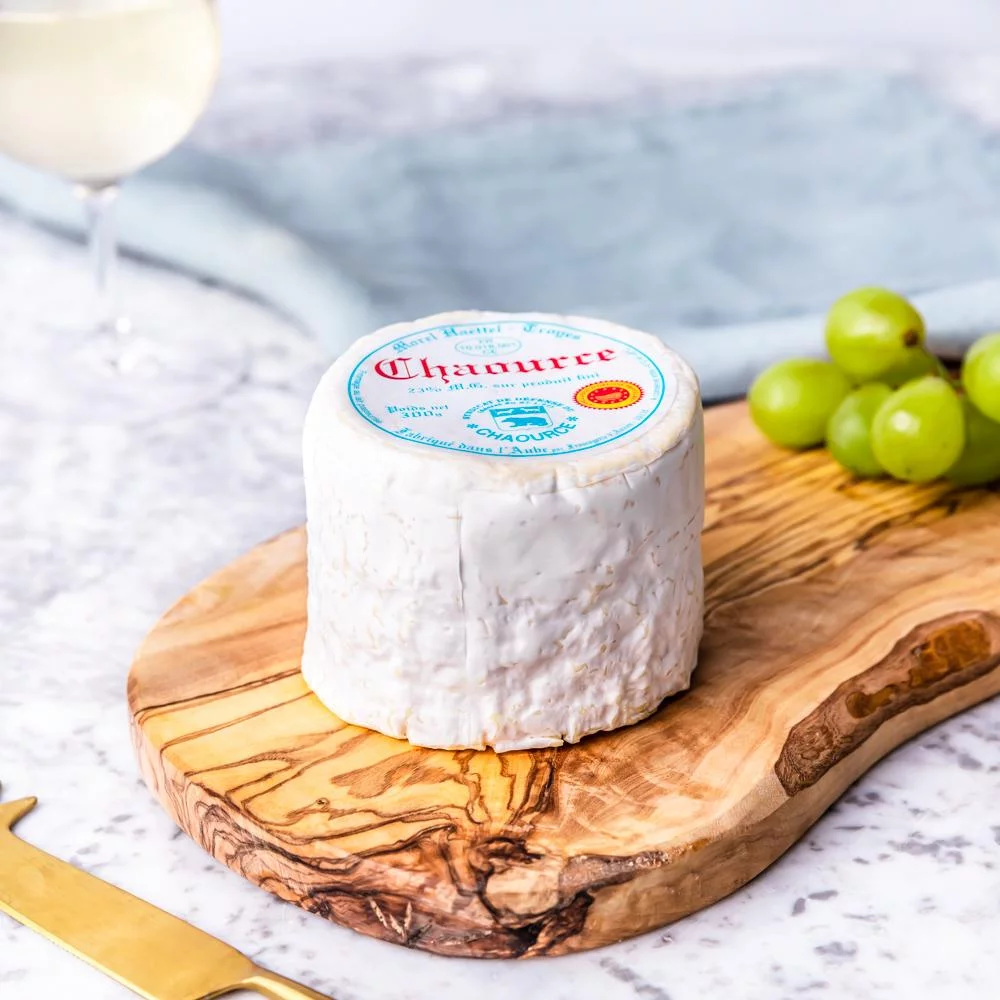
Food that goes well with Chaource:
| Category | Foods |
|---|---|
| Bread/Crackers | Sourdough bread, whole grain crackers, baguette |
| Fruits | Apples, pears, figs, grapes |
| Nuts | Almonds, walnuts, pecans |
| Meats | Prosciutto, salami, smoked salmon |
| Condiments | Fig jam, honey, fruit chutneys |
| Vegetables | Roasted bell peppers, sundried tomatoes, olives |
| Desserts | Dark chocolate, fruit tarts, apple pie |
Also read: 11 Best Crackers that Pair Well with Cheese
Beverage that goes well with Chaource:
| Category | Beverages |
|---|---|
| White Wine | Sancerre, Chardonnay (especially from British Columbia – Okanagan Valley) |
| Red Wine | Beaujolais, Pinot Noir |
| Rosé Wine | Rosé Atlantique, Rosé Bordeaux |
| Sparkling Wine | Prosecco, Lambrusco, Crémant |
Also read: Best Wine and Cheese Pairings: The Ultimate Guide
The History of Chaource
Chaource is a renowned cheese that originated from the village of Chaource in the Champagne region of France. The history of this cheese is ancient and it has been in production since the Medieval ages.
The cheese was initially intended for family consumption but gained fame in the 19th century when it began to be produced on farms and collected by merchants known as “cossoniers”.
It is believed that the monks at the neighboring Abbey of Pontivy were the original creators of the Chaource cheese. A source suggests that the cheese first began production in the 14th century, making it a favorite of Queen Marguerite.
The presence of abbeys and monastic orders in the region played a significant role in the origin and development of Chaource, with the first traces of the cheese dating back to the fourteenth century.
In conclusion, the history of Chaource cheese is deeply intertwined with the history and culture of the region it originates from, and it continues to be a significant part of the culinary heritage of France.
Frequently Asked Questions
1. Can you eat the rind on Chaource?
Yes, the rind on Chaource cheese is indeed edible. It’s a bloomy rind, similar to that found on Brie or Camembert. While the rind is safe to eat and some people enjoy its flavor, it’s entirely up to personal preference. Some people might find the taste or texture of the rind unappealing and choose to remove it before eating the cheese.
2. How do you pronounce Chaource cheese?
Chaource cheese is pronounced as “showerse”. The ‘ch’ is pronounced like ‘sh’, the ‘aou’ is pronounced like ‘ow’ in ‘cow’, and the ‘rce’ is pronounced like ‘rse’ in ‘purse’. So, it’s “Showerse”.
Also read:
- What is Stracchino (Crescenza)? The Creamy Treasure of Northern Italy
- What is Brie de Melun? An Ancestor of All Bries
- What is Cooper Sharp Cheese? A Taste of Tradition
- What is Pepper Jack Cheese? The Spicy Star of American Dairy
- What is Maroilles? A Taste of French Heritage
- What is Quark Cheese? A Hidden Dairy Gem
- What is Livarot Cheese? The Pungent Delight from Normandy


